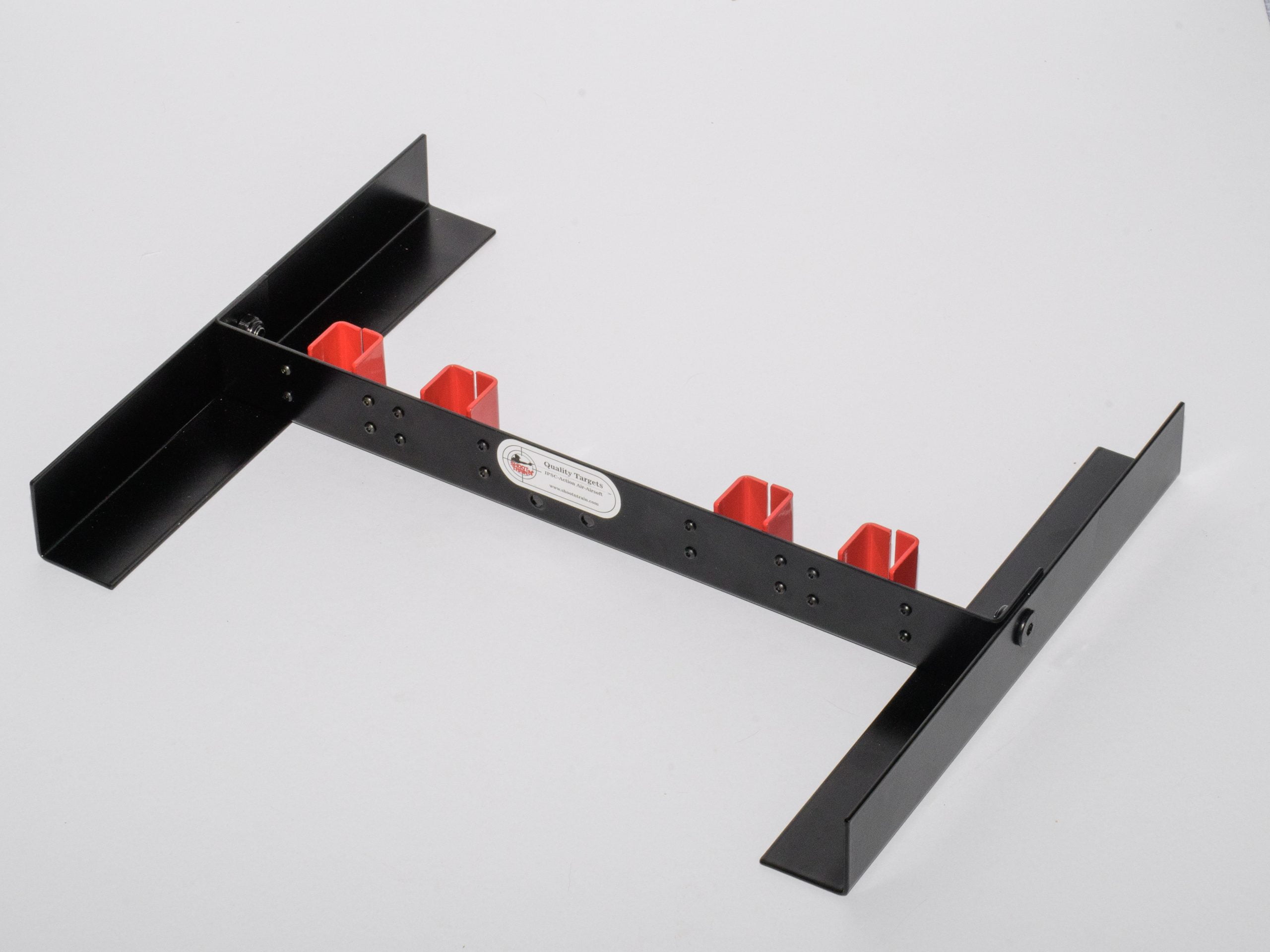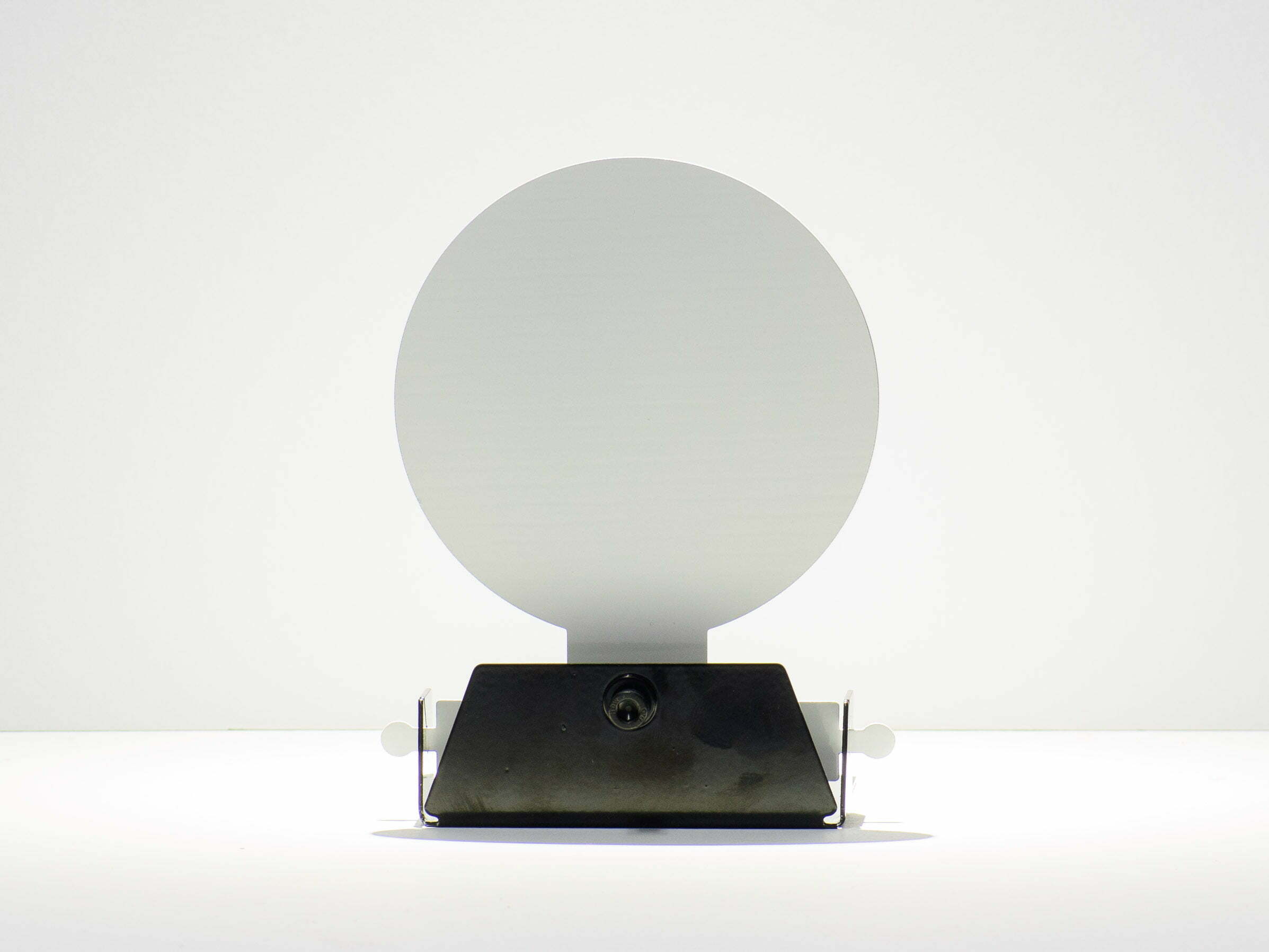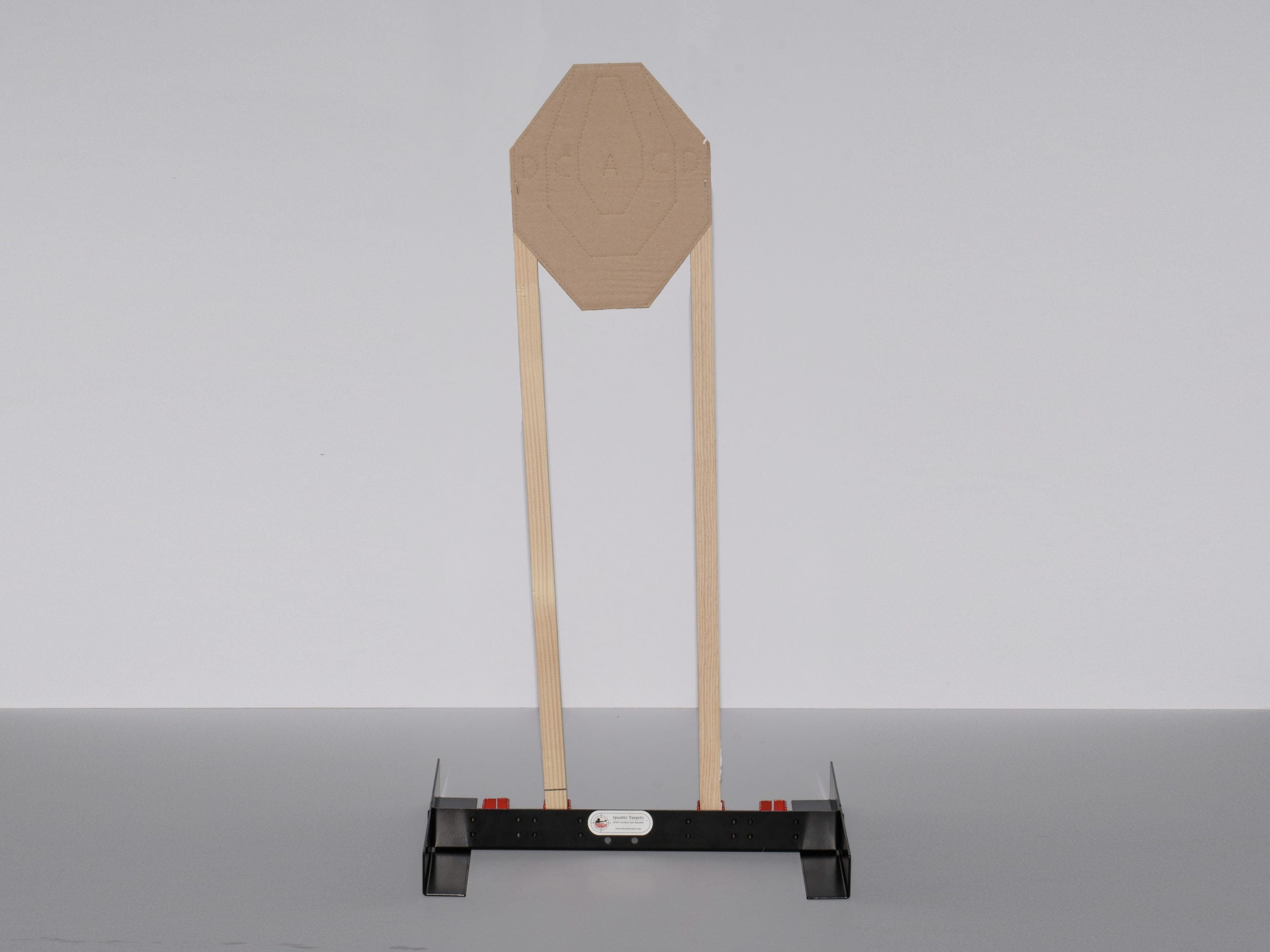
The Psychology of Successful IPSC Competitors Targets
Introduction
In the world of IPSC (Global Practical Shooting Confederation) competition, the role of targets can not be underestimated. They play a vital part in figuring out the success or failure of a shooter's performance. But have you ever questioned what ensures IPSC competitors targets more successful than others? What is the psychology behind creating targets that not only challenge shooters however likewise enhance their skills? In this post, we will delve into the complexities of the psychology behind effective IPSC competitors targets and check out how they can affect a shooter's performance.
The Value of IPSC Targets
IPSC is a requiring sport that needs accuracy, speed, and accuracy. It challenges shooters to engage with vibrant scenarios that simulate real-life scenarios. The targets utilized in IPSC competitions are designed to imitate prospective risks or obstacles that shooters might experience in real-world situations. These targets are not just fixed things; they are interactive and need shooters to make split-second decisions.

The psychology behind effective IPSC competition targets depends on their ability to stimulate particular actions from shooters. These actions can vary from target acquisition and recognition to decision-making and shot positioning. Each element plays a substantial function in identifying a shooter's success during an IPSC competition.

Understanding the Shooter's Perspective
To develop effective IPSC competition targets, it is important to understand the psychological factors that affect a shooter's efficiency. By comprehending these factors, target designers can develop obstacles that push shooters to carry out at their best.
Mental Focus and Reaction Time
One of the crucial psychological factors in shooting sports is psychological focus. Maintaining focus in the middle of diversions is crucial for success in IPSC competitions. Targets that require quick reactions force shooters to stay mentally sharp and make split-second choices under pressure.
Decision-Making Under Stress
IPSC competitors typically involve high-stress scenarios where shooters must make critical choices rapidly. Effective targets must duplicate these scenarios and difficulty shooters to believe and respond quickly. By developing targets that imitate real-world situations, shooters can practice decision-making under tension and improve their overall performance.
Visual Understanding and Target Acquisition
The ability to quickly get targets is another vital element of effective IPSC competitors targets. Shooters need to have the ability to recognize and engage targets properly and effectively. Targets that are created to evaluate visual perception and target acquisition abilities can assist shooters establish these important abilities.
The Role of IPSC Action Air Targets
IPSC Action Air is a variation of IPSC competitions that utilizes airsoft weapons instead of traditional firearms. While the primary focus is on fun and training, the psychology behind effective IPSC Action Air targets remains the very same. These targets must challenge shooters psychologically, physically, and emotionally.

Mental Challenges
Successful IPSC Action Air targets need to present psychological challenges that require quick decision-making and analytical skills. By incorporating aspects such as multiple target engagements, hostage circumstances, or shoot/no-shoot situations, these targets press shooters to think under pressure.
Physical Challenges
IPSC Action Air targets must likewise provide physical obstacles that test a shooter's dexterity, speed, and precision. Targets that need shooters to move while engaging or engage from unconventional shooting positions can boost a shooter's physical abilities.
Emotional Engagement
Emotional moving targets for shooting practice Shoot N' Train engagement is a crucial aspect of effective IPSC Action Air targets. By replicating real-life situations that evoke feelings such as worry, tension, or excitement, these ipsc targets targets develop a more immersive experience for shooters. This psychological engagement can contribute to better mental preparation for real-world shooting situations.
IPSC Gear and Equipment for Effective Competition
While the psychology behind effective IPSC competitors targets is crucial, the gear and devices used by shooters likewise play a substantial role in their efficiency. Let's explore some important gear and equipment that can boost a shooter's success in IPSC competitions.
IPSC Premium Targets
Using premium IPSC premium targets can significantly affect a shooter's performance. These targets are developed to withstand repeated hits and supply clear visual feedback when shot. Their durability makes sure that shooters can practice thoroughly without stressing over target damage.
IPSC Range Equipment
The variety devices utilized in IPSC competitions is equally crucial for success. From shooting bays and barriers to props and cover, the variety equipment need to reproduce real-life situations as closely as Shoot N' Train airsoft target shooting range possible. This enables shooters to practice in an environment that closely looks like the challenges they might deal with in real situations.
IPSC Variety Targets
IPSC variety targets ought to provide a range of obstacles for shooters. Various shapes, sizes, and engagement ranges can test a shooter's precision, precision, and decision-making skills. By offering a diverse series of targets, shooters can develop a well-rounded skill set that equates into success during competitions.
FAQs
- A: Successful IPSC competition targets difficulty shooters mentally, physically, and emotionally. They need quick decision-making, analytical abilities, and demand agility, speed, and precision from shooters.
- A: While both types of targets intend to challenge shooters, IPSC Action Air targets usage airsoft guns instead of standard guns. They present mental challenges, physical obstacles, and develop emotional engagement for an immersive shooting experience.
- A: Mental focus is vital in IPSC competitors since it permits shooters to preserve concentration in the middle of interruptions. It enables them to make split-second choices properly and efficiently.
- A: Visual understanding plays a considerable role in effective IPSC competitors targets as it permits shooters to quickly get and engage targets. Targets that check visual perception skills assist shooters develop this vital ability.
- A: IPSC gear and devices, such as premium targets, variety equipment, and variety targets, add to a shooter's success by supplying durability, duplicating real-life scenarios, and using a varied set of challenges for ability development.
- A: Emotional engagement is very important in IPSC Action Air targets as it imitates real-life situations and stimulates feelings such as fear, tension, or enjoyment. This enhances mental preparation for real shooting situations.
Conclusion
The psychology behind effective IPSC competitors targets exceeds mere aesthetic appeals or functionality. These targets are thoroughly designed to challenge shooters mentally, physically, and emotionally. By comprehending the mental elements that influence a shooter's performance, target designers can produce challenges that press shooters to reach their full capacity. Furthermore, the gear and equipment used by shooters play an essential role in their success during IPSC competitions. By integrating high-quality targets, variety devices, and variety targets, shooters can improve their abilities and improve their overall efficiency. So the next time you step on the IPSC variety, bear in mind that the psychology behind successful competition targets is an important part of your journey towards ending up being a successful IPSC competitor.